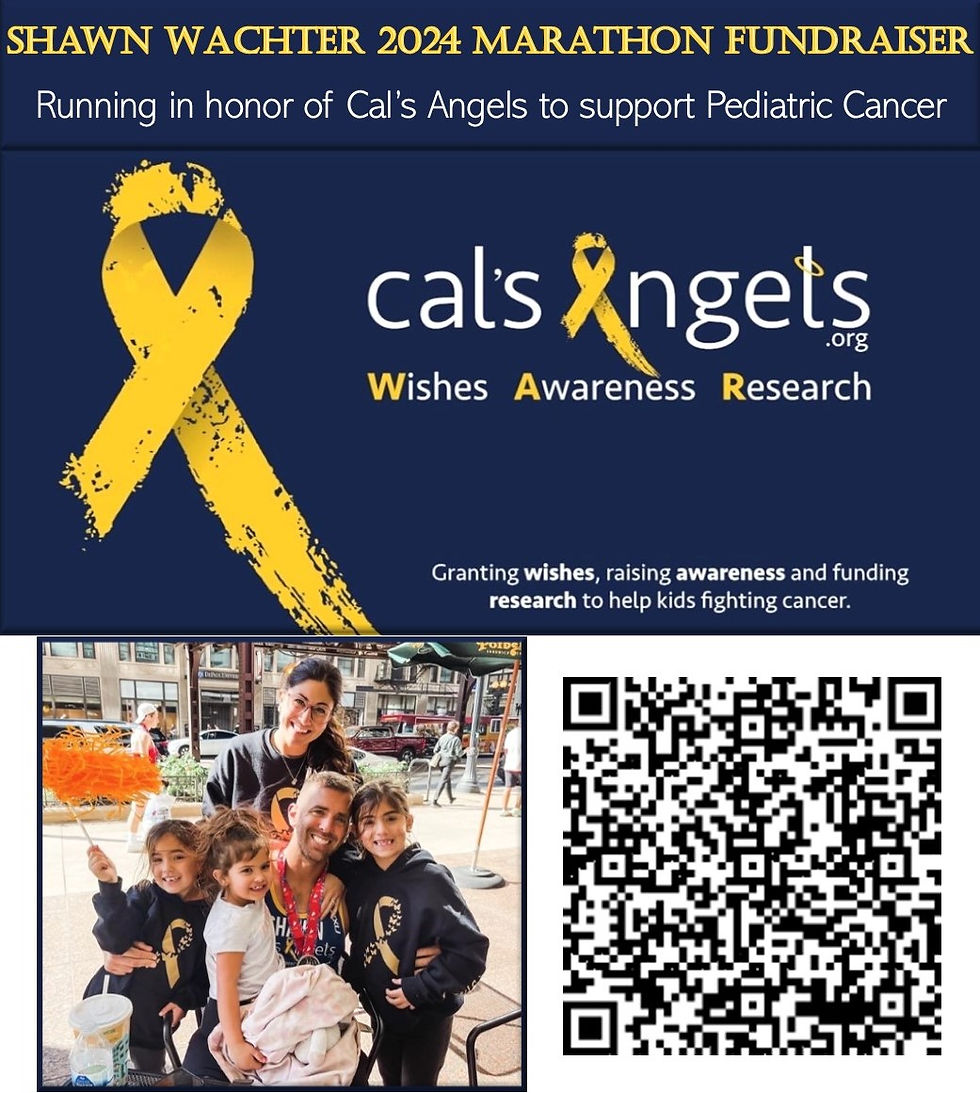Each year in the U.S., an estimated 15,780 children between the ages of birth and 19 years of age are diagnosed with cancer. Approximately 1 in 285 children in the U.S. will be diagnosed with cancer before their 20th birthday. Globally, there are more than 300,000 children diagnosed with cancer each year. Cancer is the leading cause of death by disease past infancy for U.S. children. Childhood cancer is not one disease - there are more than 12 major types of pediatric cancers and over 100 subtypes.
It is estimated that there will be 13.7 million cases of childhood cancer between 2020-2050. Unless there are major improvements in diagnosis and treatments, of this, 45% will go undiagnosed and 11.1 million will die if no further investments in interventions are made. The vast majority, almost 85%, will be concentrated in developing countries. Cancer in children and young adults is different from cancer that develops later in life. Some of the unwanted side effects of cancer treatments cause more harm to children than they do to adults. This is because children's bodies are still growing and developing, so cancer and its treatment are more likely to affect developing organs. On average, in 2009 pediatric hospitalizations principally for cancer were 8 days longer and cost nearly 5 times as much as hospitalizations for other conditions (12.0 days versus 3.8 days; $40,400 versus $8,100 per stay). Costs per day were about 70 percent higher for pediatric cancer stays ($3,900 versus $2,300 per day). 1 in 5 children who receive a new diagnosis of childhood cancer are already living in poverty. One in four families lose more than 40% of their annual household income as a result of childhood cancer treatment-related work disruption, while one in three families face other work disruptions such as having to quit work or change jobs. More than 90% of children and adolescents who are diagnosed with cancer each year in the United States are cared for at a children’s cancer center that is affiliated with the NCI-supported Children’s Oncology Group (COG). Each year, approximately 4,000 children who are diagnosed with cancer enroll in a COG-sponsored clinical trial. Cancer is the number one cause of death by disease among children. Cancer alone represents nearly half of the top seven causes of death by disease in children aged 0-19 yrs. 1,050 children (aged 0 -14) and 550 adolescents (aged 15-19) are expected to die from cancer in 2022 (excluding benign and borderline malignant brain tumors). On average, about 14% of children die within 5 years of diagnosis. Among those children who survive to five years from diagnosis, 18% of them will die over the next 25 years. The most common causes of death in childhood cancer survivors are: The primary cancer comes back. A second (different) primary cancer forms. Heart and lung damage. Overall cancer death rates among children ages 0 to 14 years decreased an average of 1.4% per year.
Those that survive the five years have an eight times greater mortality rate due to the increased risk of liver and heart disease and increased risk for reoccurrence of the original cancer or of a secondary cancer. There are 70 potential life years lost on average when a child dies of cancer compared to 14 potential life years lost for adults.
Brain cancer represents 29.9% of total childhood cancer deaths while leukemia accounts for 24.9%.
Diffuse intrinsic pontine glioma (DIPG) represents approximately 80% of the malignant brainstem tumors occurring in children. Despite numerous clinical trials, the outcome of children with DIPG continues to remain dismal, with a median survival of only 11 months and a 2-year overall survival (OS) rate of less than 10%. Between the years of 2009 and 2019, nine of the 11 drugs used to treat acute lymphoblastic leukemia — which is the most common childhood cancer — were in and out of shortage. While more than 200 cancer drugs have been developed and approved for adults, the FDA, through 2021 has approved a total of 35 drugs for use in the treatment of childhood cancers. 29 of the drugs were originally approved only for adult use. Today we have only six drugs that were approved in the first instance for use in cancer treatment for children.
On September 28th, 2024, IBEW Local 15 is hosting our 2nd Annual Charity Golf Outing at White Pines in Bensenville. All proceeds from the Outing will go to Cal’s Angels, to support Pediatric Cancer. Cal’s Angels grants wishes, raises awareness and funds research.
Thank you to all the Local 15 Members who signed up for the Outing. IF you are interested in donating, please send an email to CharityEvents@ibew15.org
North Region Physical Business Rep, Shawn Wachter is running the Chicago Marathon on Sunday, October 13th! He is running in honor of Cal's Angels, raising money for families fighting pediatric cancer. Support him by scanning the QR Code or visiting





